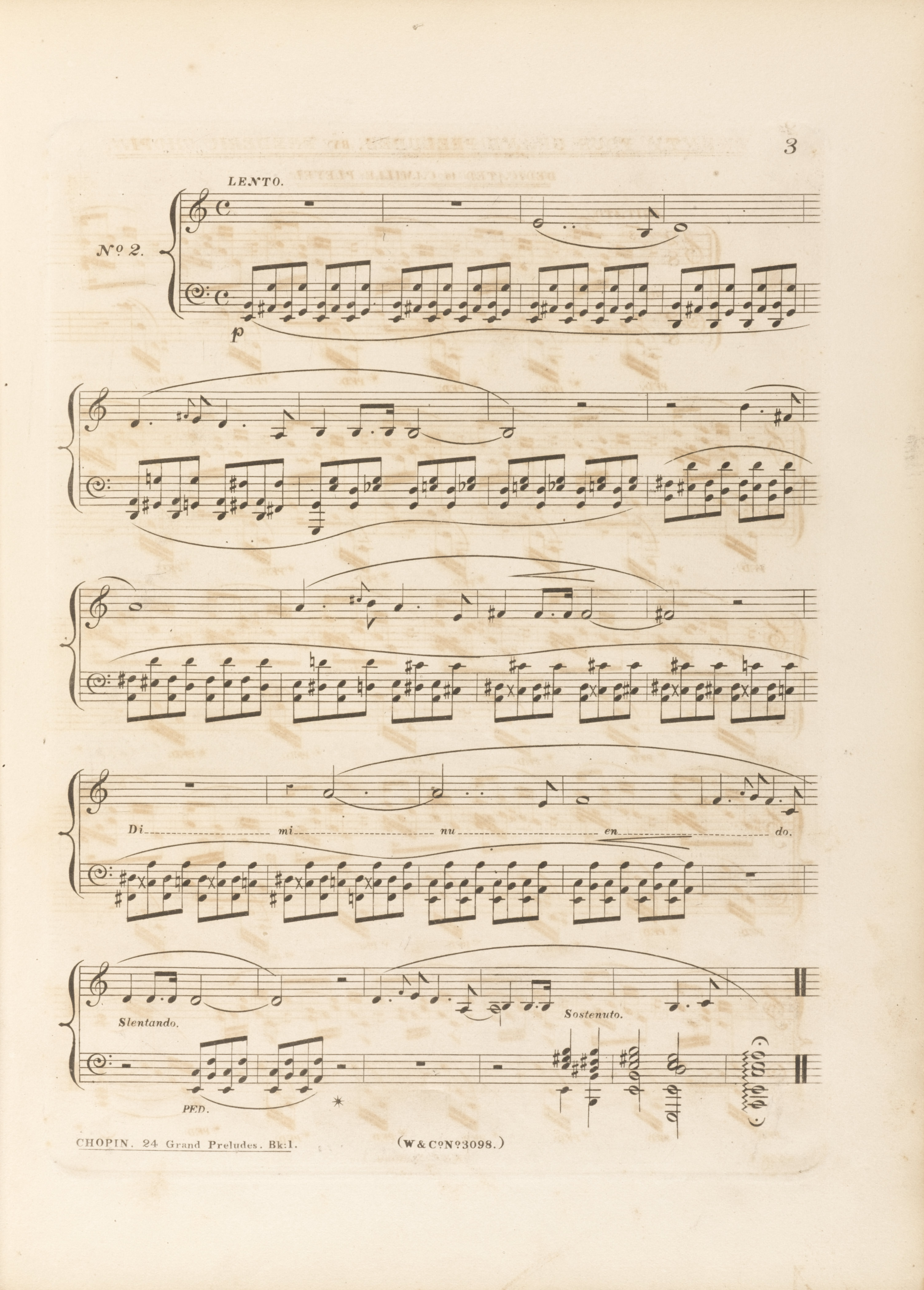



The range of the  hairpin is not obvious. Chopin wrote that mark in A twice: first between the staves and then above the top stave. Moreover, each time he would still correct the range of the mark. The correction of the initial version (between the staves) proves that the composer considered the starting point of the
hairpin is not obvious. Chopin wrote that mark in A twice: first between the staves and then above the top stave. Moreover, each time he would still correct the range of the mark. The correction of the initial version (between the staves) proves that the composer considered the starting point of the  before the e1 quaver, which ends b. 10, to be too soon and corrected the range of the mark accordingly. However, as the hairpin (even after the correction) still blended into one with the L.H. part c
before the e1 quaver, which ends b. 10, to be too soon and corrected the range of the mark accordingly. However, as the hairpin (even after the correction) still blended into one with the L.H. part c 1 quavers and overlapped the top stave (not to mention the L.H. slur with which it intersected), it was entirely crossed out and replaced with a new one, placed above the slur on the top stave. Nevertheless, the first attempt to insert the mark in a new place was unsuccessful due to ink deficiency, while the mark added then in a thick line can be considered to be a completion of that unfinished attempt or its replacement. It influences the interpretation of the end point of the mark – according to us, it is the second interpretation that is correct, in which the mark ends on the f
1 quavers and overlapped the top stave (not to mention the L.H. slur with which it intersected), it was entirely crossed out and replaced with a new one, placed above the slur on the top stave. Nevertheless, the first attempt to insert the mark in a new place was unsuccessful due to ink deficiency, while the mark added then in a thick line can be considered to be a completion of that unfinished attempt or its replacement. It influences the interpretation of the end point of the mark – according to us, it is the second interpretation that is correct, in which the mark ends on the f 1 semiquaver, whereas in FC (→GE) both lines were taken into consideration, leading the mark to the f
1 semiquaver, whereas in FC (→GE) both lines were taken into consideration, leading the mark to the f 1 minim. In turn, the mark in FE2 goes even further (FE1 overlooked the hairpin).
1 minim. In turn, the mark in FE2 goes even further (FE1 overlooked the hairpin).
The beginning of the hairpin was also reproduced inaccurately – both FC and FE2 place the starting point of the  only in b. 11. Meanwhile, the eventual mark in A begins still in b. 10, which actually corresponds to the corrected version of the initial hairpin between the staves, described above (the slightly later beginning of the new mark was probably aimed at avoiding the contact with the slur).
only in b. 11. Meanwhile, the eventual mark in A begins still in b. 10, which actually corresponds to the corrected version of the initial hairpin between the staves, described above (the slightly later beginning of the new mark was probably aimed at avoiding the contact with the slur).
The described corrections prove that Chopin connected the  with the R.H. part, while the comparison with b. 15-16 suggests that in both places the starting point for crescendo was supposed to be the e1 quaver, with which the motif of ascending second begins (e1-f
with the R.H. part, while the comparison with b. 15-16 suggests that in both places the starting point for crescendo was supposed to be the e1 quaver, with which the motif of ascending second begins (e1-f 1 and e1-f1, respectively). Therefore, the marks were to highlight those motifs and to emphasize the expressive aspect of the difference between the major and the minor second.
1 and e1-f1, respectively). Therefore, the marks were to highlight those motifs and to emphasize the expressive aspect of the difference between the major and the minor second.
Compare the passage in the sources »
category imprint: Differences between sources; Corrections & alterations; Source & stylistic information
issues: Errors in FE, Scope of dynamic hairpins, Corrections in A, Deletions in A, FE revisions, Inaccuracies in FC
notation: Articulation, Accents, Hairpins

